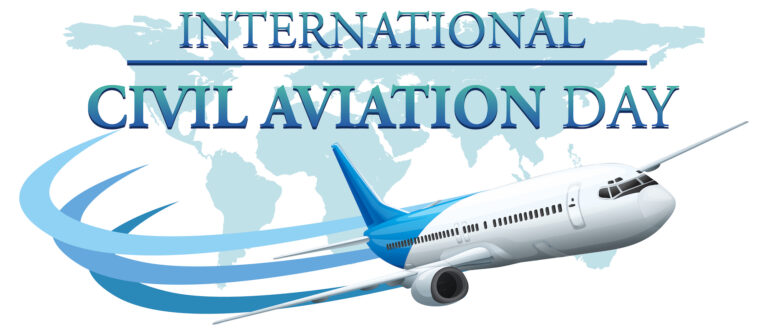
The International Civil Aviation Day quiz utilized Emojot’s Emotion Sensor™ to evaluate participants’ knowledge of the civil aviation industry. The Emotion Sensor™ enhances user engagement by incorporating captivating multimedia content, such as eye-catching images related to aviation, creating an immersive and enjoyable experience. Additionally, it features an advanced scoring system that assigns scores based on user responses, allowing for analysis of user engagement analytics. The Profile Data Capturing feature gathered information about the participants, providing valuable insights and enabling performance tracking via the leaderboard. Additionally, participants were able to access the answers to the quiz through an embedded survey integrated within the main survey. Want to explore more? Share your details to schedule a personalized demo with one of our product experts and experience our solution in action!

The Emojot's Emotion Sensor™ elevates the Olympic quiz experience by incorporating captivating visual elements, including relevant emojis and diverse skin tones. These elements effectively immerse participants, inspiring them to provide meaningful responses. Upon completion of the quiz, participants are greeted with a thank you page that showcases the correct answers, along with valuable insights derived from advanced analytics, including pulse meter data and a geo-map.

June 30th is recognized as World Social Media Day, and Emojot introduced the Emotion Sensor™ specifically designed to align with the themes of this day. This survey employs visually captivating multimedia elements and presents intriguing information related to social media, resulting in an educational and inspiring experience for participants. Moreover, it utilizes a sophisticated scoring system, a thank you page based on scores, and comprehensive analytics, including a pulse meter, to provide valuable insights. Want to explore more? Share your details to schedule a personalized demo with one of our product experts and experience our solution in action!

The Emotion Sensor™ developed by Emojot played a vital role in a survey aimed at promoting awareness of International Men’s Day 2020 and related subjects. This innovative tool was carefully designed with visually appealing themes and captivating aesthetics, utilizing a range of expressive emojis to gather valuable feedback from users. The survey incorporated engaging multimedia elements, including striking visuals, meaningful quotes, and thought-provoking statements, creating an inspiring experience for participants. Additionally, the survey leveraged advanced analytics, such as pulse meter and geo map, to generate valuable insights and a comprehensive understanding of the data collected. Want to explore more? Share your details to schedule a personalized demo with one of our product experts and experience our solution in action!

Friends, the renowned TV show, has achieved global fame. To engage with its fans, a quiz was arranged using Emojot’s Emotion Sensor™. Through the utilization of GIFs and animated emojis, this emotion sensor brought fans deep into the world of Friends, allowing them to fully engage with the dynamic presence of their cherished characters. The quiz incorporated an advanced scoring system, and upon completion, participants were shown a thank you page that showcased their overall score. This page also included correct answers for self-assessment and presented learning opportunities to deepen fans’ knowledge and enhance their enjoyment of the series. Want to explore more? Share your details to schedule a personalized demo with one of our product experts and experience our solution in action!

The Emojot’s Emotion Sensor™ quiz was conducted to actively involve fans of the Harry Potter movie series, which is globally renowned. This survey incorporated captivating multimedia components, including stunning visuals and pertinent information, in order to create an immersive and motivational experience for participants. After answering the questions, participants received immediate feedback on the correctness of their responses. This quiz also featured an advanced scoring system, and upon finishing, participants were presented with a thank you page that displayed their overall score. Want to explore more? Share your details to schedule a personalized demo with one of our product experts and experience our solution in action!

Emojot’s Emotion Sensor™ utilizes emojis to engage survey participants in a more captivating way. This innovative campaign was launched on World Emoji Day, and great care was taken to design an attractive visual style, incorporating relevant emojis and diverse skin tones. The survey itself integrated compelling multimedia components, including visually stunning graphics and informative content, to immerse participants and motivate their responses. Immediate feedback on response accuracy was provided to participants, and the quiz featured an advanced scoring system. Upon completion, participants were presented with a thank you page that displayed their overall score, adding a sense of gratitude and accomplishment to the experience. Want to explore more? Share your details to schedule a personalized demo with one of our product experts and experience our solution in action!







